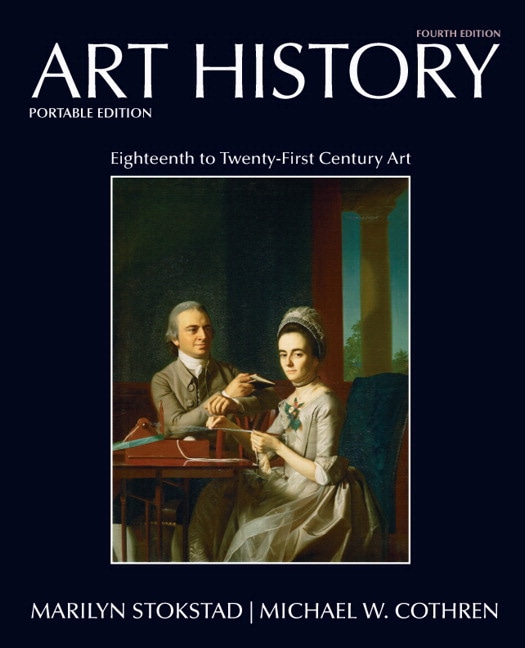
It is in keeping with other works by Creed, who has also exhibited a crumpled up piece of paper, a piece of Blu-Tack, and live runners in gallery spaces. 227 caused a furor in the media, with many journalists questioning whether such a gesture could be considered an artwork. It was originally created for the 2001 Turner Prize exhibition at Tate Britain in London. This work consists of an empty room in which the lights go on and then off again at five second intervals. 227 THE LIGHTS GOING ON AND OFF Martin Creed 2000 Ranging from ostentatious displays of wealth to what could be called animal (and even human) abuse, these pieces push the envelope of artistic practice while also highlighting the sometimes-strained relationship between ethics and aesthetics.

These works, excerpted from Phaidon’s The 21st-Century Art Book, are some of the most controversial artistic statements of the new millennium. In the anything-goes context of contemporary art, there’s a premium put on asking the tough questions at the risk of offending-or even outraging-audiences along the way.


 0 kommentar(er)
0 kommentar(er)
